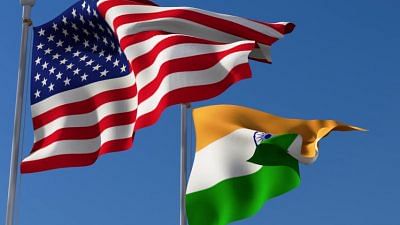New Delhi: India has been removed from the currency manipulator watch list maintained by the United States — a list compiled to see which of its major trading partners artificially weakens its currency vis-à-vis the dollar to get an unfair trade advantage.
ThePrint explains what are currency manipulators, and what the move means for India.
Why the US does it
The US compiles a list of countries which intervene in currency movements to obtain what it believes to be an “unfair trade advantage”. That’s why, the US believes, they have a huge trade surplus with the US.
The aim behind the compilation is to “dismantle unfair barriers to trade and achieve fairer and more reciprocal trade with major US trading partners”, says the Macroeconomic and Foreign Exchange Policies of Major Trading Partners of the United States released by the country’s Treasury Department.
It aims to combat “unfair currency practices that facilitate competitive advantage, such as unwarranted intervention in currency markets”.
Also read: Currency conundrum in US-China trade negotiations
On what basis is a country classified as a manipulator?
The US maintains a list of economies which have major trade surplus with the US, a major current account surplus, or which have consistently intervened in their currency markets through currency purchases to get an unfair trade advantage. This is called the monitoring list.
If a country that is on the list breaches all the thresholds specified by the US, it can be categorised as a country that manipulates its currency.
Which countries have been classified?
No country has been classified as a currency manipulator in this report, though nine economies — China, Japan, South Korea, Germany, Italy, Ireland, Singapore, Malaysia and Vietnam — have been placed on the monitoring list.
Why was India removed from the monitoring list?
India was removed from the monitoring list as it met only one criteria — that of significant bilateral trade surplus. The report noted that after purchasing foreign exchange on net in 2017, the Reserve Bank of India steadily sold reserves for most of 2018, with net sales of foreign exchange reaching 1.7 per cent of the GDP over the year.
How will it impact India?
India’s removal from the monitoring list is a welcome development, as it reinforces the point that India is committed to not intervening in currency markets to artificially move a currency.
It significantly reduces India’s chances of being named a currency manipulator, and gives the Reserve Bank of India more space to intervene in currency markets to check volatility.
It will assuage US concerns at a time when it’s actively engaged in a trade war with China.
Also read: Sensex up 400 points buoyed by Modi’s win, rupee appreciates against dollar
